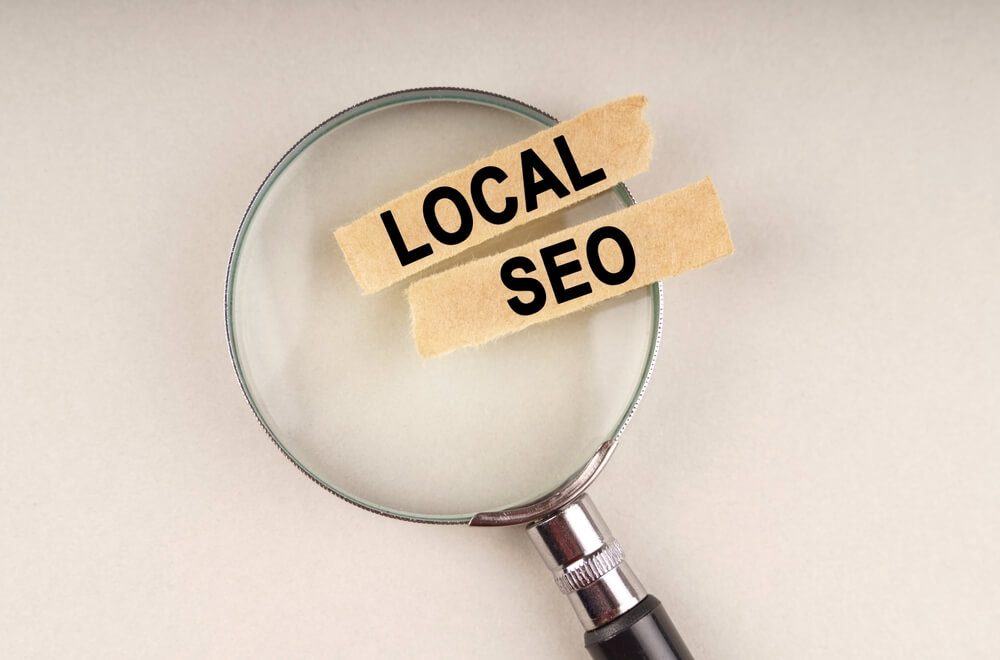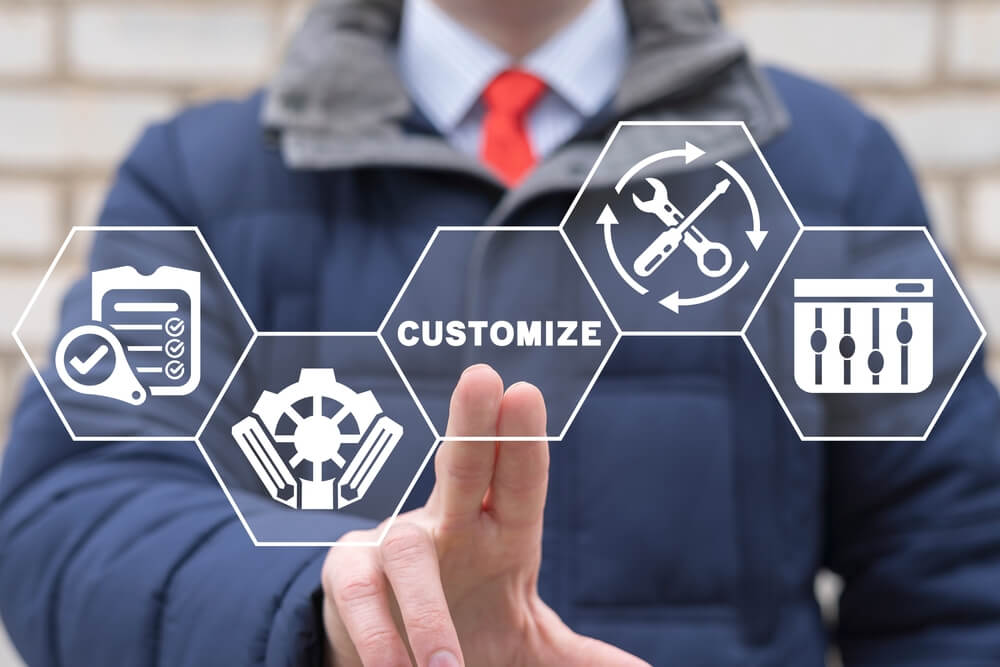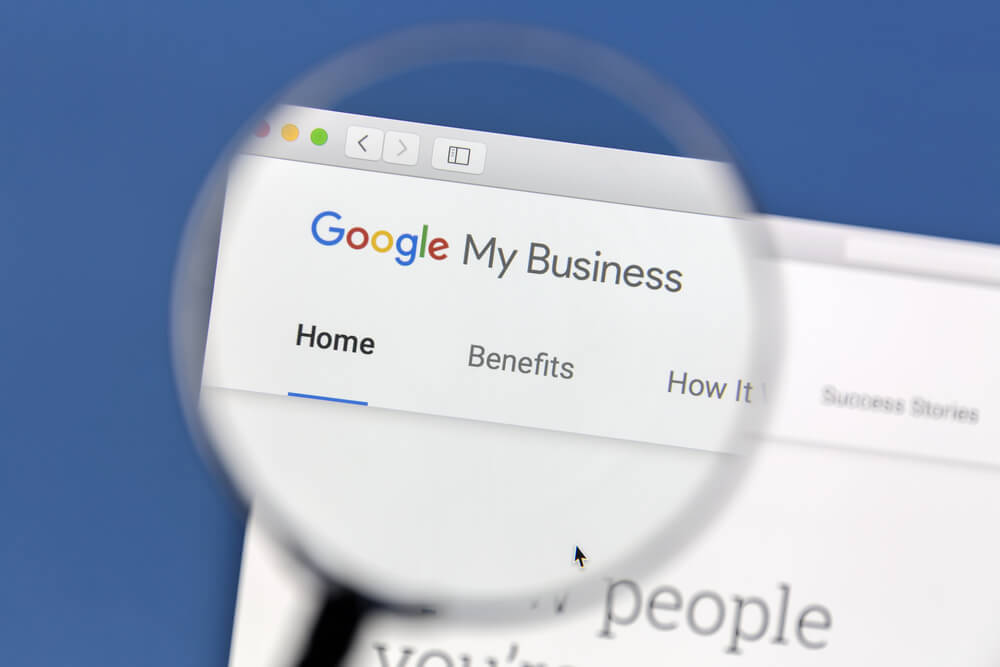
5 Tips To Help Optimize Your Website for Local SEO
The web helps small local businesses find their customers online. If you have a local company or organization, it pays to invest in local search engine optimization (SEO) to effectively reach your target audience
This guide shares high-quality tips from your Chicago local SEO agency.
Implement these approved strategies to optimize your site:
- Enhance your homepage
- Make a page for every product or service
- Set your social media profiles
- Take advantage of Google Business Profile (GBP)
- Improve NAP citations
Are you ready to optimize for local SEO?
Watch this video to learn about the Digital Authority Partners approach to local SEO in Chicago!
1. Give Your Homepage an Upgrade
Your website’s homepage serves as your online storefront. It has to represent your business brand and welcome customers. Your homepage must be optimized to allow search engines to understand your site and rank it in search.
As an illustration, a website for a local hair salon aims to attract more customers online. Its homepage introduces its brand and highlights their services. The page navigation seamlessly takes visitors to the different pages for each service, while the salon's contact details are on every page. The salon's classy yet trendy vibe mirrors its website as if saying, "what you see is what you get."
Just as in the example above, aim to upgrade your homepage to attract more customers and promote SEO. Use these top tips:
- State what your site is about. The webpage title, header tag, and meta description must clearly state details about your site by including your primary keyword or category keywords like "local hair salon" or "hair salon for women."
- Create the most engaging content. Welcome customers to your website and business with a well-written and concise introduction. Add images or pictures of your shop, facilities, and staff. Because most people prefer to watch video content, a short video can also welcome customers to the salon.
- Add calls-to-action (CTAs). Guide visitors to take action by placing a well-written CTA in the topmost part of the page near your contact details. Place one in the middle and another at the end of the page, so that visitors will not need to scroll back up. Use engaging action words like “Contact Us,” “Call Us,” “Let’s Start,” or “Download Our Brochure.”
- Ensure that your homepage is mobile-friendly. More people are using their cell phones to look for local businesses, so your homepage must be mobile-friendly. Use a responsive design, improve page speed, and structure your page contents to create a positive mobile experience for customers.
- Simplify your menu navigation. Make navigation simple for customers to see your services or products and make quick buying decisions. Make use of white space on your page. This reduces distractions so that visitors can concentrate on the products and services being offered.
2. Create a Separate Page for Every Product or Service

A dedicated page for every service promotes local SEO, because search engines can easily understand your business and show your service page for a related query. This also makes it easier to create a sitemap that streamlines crawling and indexing by search engine bots.
The hair salon site could have a page about "Our Services," which leads to separate pages for each service, i.e., hair styling, extensions, washes, and hair coloring. If it has multiple locations in the area, have a dedicated service page for each location. This ensures that the business and its services come up in a local search. Take note of the following tips:
- Follow the same theme and style for all pages. Unify the theme for all pages to promote your company's identity. Make sure that every page contains valuable information about your services.
- Place your contact details on every page. Customers should not have to return to the homepage for your contact details. Place your address, local phone number, and email address on each page. Establish that these are updated regularly.
- Optimize each page's content. Add your keyword for every page. Ensure that the keyword is relevant to the service or product. The service page “hair styling services” has subcategory pages “hairstyles for men” and “hairstyles for women.” Thus, your pages should contain “local hair salon,” “hairstyling services,” and “hairstyles for men.”
3. Create a Local Business Profile on Social Media
People use social media to connect with loved ones and friends, and to find local businesses. Social media platforms like Facebook, using demographic features, allow local companies to target their market directly to people very likely interested in their products and services.
Social media highlights your website or blog content, connects with your local customers, and offers efficient customer service. Thus, it is essential to be seen and heard on social media.
Aim for the most popular social media platform that your customers use. Let's talk about Facebook. Facebook has an impressive number of users that's predicted to rise, hitting 262.8 million users in the US by 2028. Local businesses on Facebook can reach more customers in an area than other social media platforms.
Note the following strategies to optimize your social media pages:
- Ensure that your profiles are updated. The business name should be your profile name, and your address and phone number should be on the “About” page. Indicate your category and include a short description of your local business.
- Use a relevant profile picture and theme. The company logo could be your profile picture, while your storefront is the theme photo. Doing this helps visitors quickly identify your local business.
- Interact with your customers. From answering questions, and handling complaints, to posting statuses, blog content, contests, quizzes, etc., engage with customers via social media. Let your social media page connect with customers as they also learn more about your business.
4. Take Advantage of Google Business Profile

Your GBP is one of the ways to lead customers to your local store. GBP is a free business listing from Google search and is also connected to Google Maps. A profile contains your business name, address, phone number, and other related information, including your website, hours of operation, photos, social media pages, and reviews.
A short description is also available to give customers an idea of your business. Editing your profile and description are allowed after claiming your GBP. Do this by clicking the "Claim this business" link on the GBP, and Google sends a postcard containing the verification code to your business address. Here are a few tips to start:
- Include your keywords in your description. The GBP description is just 750 characters long. Make the most of it by placing your keywords first, then by describing the services or products that you offer.
- Upload updated photos. Add pictures of your storefront, services, products, staff, and facilities. Images of your parking area, hair care equipment, etc. Encourage your customers to upload their photos. Edit their uploads, especially if you think the images are unrelated or offensive. Use your keywords to describe your photos. (Only the Google Workspace administrator has this editing power.)
- Manage reviews. Customers may leave good or bad reviews, so be ready to manage them through your profile. You can remove bad or fake reviews, but handle these professionally to show customers that you can efficiently resolve issues.
5. Improve Your NAP Citations
Aside from your GBP, it would help enhance local SEO if your business is in every local directory. For local businesses, Yelp and the Yellow Pages are best for general directories, but appearing in local industry directories gives your business a boost.
Look for an industry directory in your city, region, or state and ask for your business to be cited on these sites. Your business name, address, and phone number (NAP) must be appropriately cited with the most updated information, and contain no errors.
In most directories, a NAP appears with a local map. Ensure that this map holds your latest information. Any changes like transferring to a new location, change in phone number, or business name must be updated ASAP. Remember the following strategies to improve your NAP citations:
- Use a directory listing tool. Solutions like the SEMrush Listing Management Tool that can help you manage and update your citations all at once. With a tool like this, citation updates can be automated for all directory sites where your business appears.
- Add a local business phone number. Doing so tells customers that you are a local business and are within reach.
- Include a description of your location. If you can, add a short description of your location. This helps businesses that are located inside of a large building or structure like a mall.
- Be consistent on all directories. Your citation directory tool makes sure that all of your details are consistent. Any changes that occur should be applied ASAP.
Improve Your Chicago Website With Local SEO
When optimizing your website for local Chicago SEO, remember to enhance your homepage, create a page for every product or service, and improve your social media profiles. Local businesses must also be listed in local directories and have an optimized GBP. These SEO strategies can significantly improve your local visibility and guarantee higher rankings on results pages.
Want to boost local SEO? Contact the experts at Digital Authority Partners today.
Want To Meet Our Expert Team?
Book a meeting directly here




